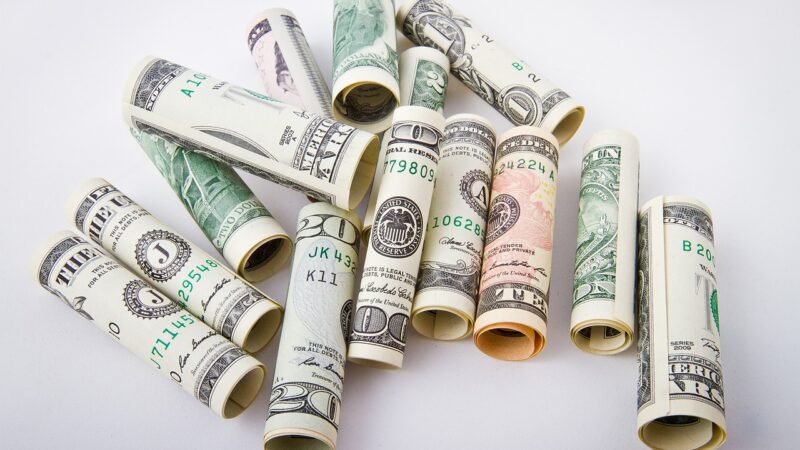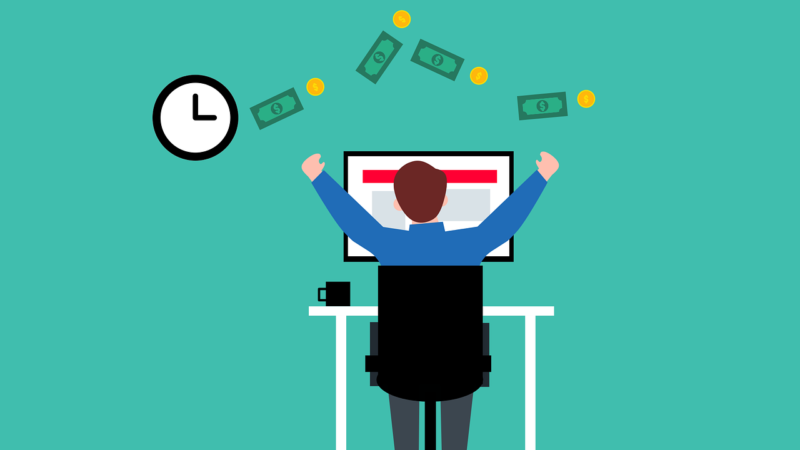How to make money on the EURUSD
 The factors which make one currency appreciate while the other depreciates are where Forex trading can get complicated. It is all about the fundamentals… well, mostly it is about the fundamentals. By fundamentals we’re talking about the external factors such as the health of an economy, the political climate and subsequent fiscal policy as well as the central bank’s monetary policy decisions which can indirectly and directly affect a currency’s value relative to all of the other currencies.
The factors which make one currency appreciate while the other depreciates are where Forex trading can get complicated. It is all about the fundamentals… well, mostly it is about the fundamentals. By fundamentals we’re talking about the external factors such as the health of an economy, the political climate and subsequent fiscal policy as well as the central bank’s monetary policy decisions which can indirectly and directly affect a currency’s value relative to all of the other currencies.
To the greatest extent, the movement and volatility of the EURUSD pair comes as a result of investors’ perception of the health of the Eurozone and U.S. economies. The U.S. economy is struggling to rise out of the doldrums but the situation is even worse in the Eurozone, where the collective economy has long been a mess (surely you’d have to have been living on Pluto to have missed that little factoid). And each of the individual economies which make up the Eurozone are struggling in one way or another, some to a much greater extent and a very few to a lesser. The notorious PIIGS (Portugal, Ireland, Italy, Greece and Spain) have had the most difficulty healing their respective economies. And while Germany and France have primarily been viewed as the “powerhouses” or “economic drivers” make no mistake, they, too are struggling as a result of a global growth slowdown.
Economic data is very important and while some data is more relevant than others the key is to know when it will be released and what analysts are forecasting it. Several websites provide an economic calendar which will show investors the release time of the data, the consensus forecasts and the relevant impact of the data on the currency. In the U.S., some of the key data to watch for includes consumer inflation and consumer spending, durable goods orders, manufacturing or PMI, housing starts, unemployment rate and non-farms payroll but there are also several others. The relevant data for the collective Eurozone activity is generally identical though the data out of the economic powerhouses (Germany and France) will also help gauge sentiment and thus possible direction of the common currency.
Politics plays a key role in the value of the common currency, as well. In the U.S., it is the inability of the Democrats and Republicans to come together for the common good which is creating an atmosphere of uncertainty for investors. It is a similar situation in several of the Eurozone nations where many of the individual governments are struggling to reduce their debt burden and fiscal deficit and are doing so with higher taxes and spending cuts; a necessary evil to be sure but as expected, incredibly unpopular. Some politicians are hoping to ride into office on an anti-austerity platform but that would make markets very very nervous.
The central bank is also a key player in a currency’s movement. In the U.S., the Federal Reserve Bank has a dual mandate of full employment and price stability which can make monetary decisions a bit tricky to gauge. Analysts and policy watchers are constantly evaluating the likely direction that the Fed will take from month to month, based on comments made by Ben Bernanke who is the Fed president, or any of the Fed governors. Currently, the policy is considered “ultra loose” and so the value of the U.S. Dollar is at an all-time low.
In the Eurozone, the European Central Bank (ECB), headed by Mario Draghi, is “officially” charged with price stability only, but recently the ECB has been feverishly working to ensure that a credit crunch does not evolve. Given the fragility of the Eurozone’s economy monetary decisions made by the ECB tend to have a tremendous impact on the Euro. Currently, the ECB’s monetary is considered loose, though not to the same extent as the Fed’s.
Now, those are just some of the fundamentals at play which affect the EURUSD pair and your ability to make money from trading them. There are other fundamentals, too, such as the stock market and commodity prices which can have a lesser impact on a currency. For more detailed information on fundamentals an internet search will yield millions of hits.
But there are more than just the fundamentals at play, of course, because there is you. You can be your own best friend or your own worst enemy. You want to make money trading the EURUSD, right? Then consider your trading style. Are you cautious or a risk taker? A good risk management strategy is what will keep your Forex trading balance from hitting the dreaded zero and the first rule of any good risk management strategy is to trade Forex only with money you can afford to lose… not your mortgage payment, not your grocery or utility money or the kids’ college fund. Money you can afford to lose; that cannot be emphasized enough.
The second hard and fast rule is this; preserve your capital with profit making a secondary goal. And while it sounds like a contradiction the key to preserving your capital is to know when to cut your losses so be sure you always use a Stop when you open a position and don’t move it on the chance that “the market might turn around,” because it might not.
Want to make money trading EURUSD? Practice makes perfect. If your Forex broker offers a demo or practice account, make good use of it. Take a week or two to study and understand the fundamentals, tweak your risk management strategy and hone your trading skills. It will be time well spent.
Then when you think you’ve got this Forex trading thing down pat, open a position based on your analysis and your good risk management strategy, take a deep breath and let the currencies fall where they may.




